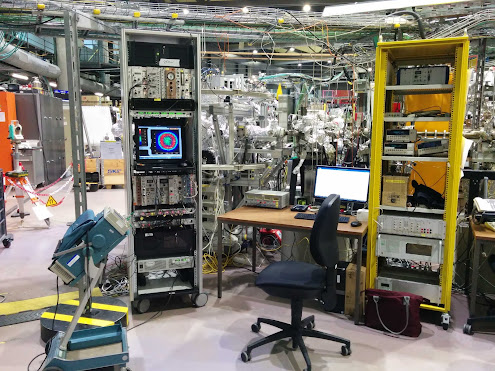Sildenafil, the generic version of the drug known as Viagra, could be the long-awaited remedy for a group of dogs with a rare disorder called megaesophagus.
The condition involves an enlargement of the esophagus and a loss of the organ’s ability to move food to the stomach, which leaves food bottling up in the lower esophagus. If left untreated, many animals regurgitate their food and aspirate food into their lungs, causing aspiration pneumonia.
“The literature tells us that many dogs with the disease die from aspiration pneumonia or are humanely euthanized due to poor quality of life within eight months of diagnosis,” said Dr. Jillian Haines, a veterinarian at Washington State University who co-led the study.
Liquid sildenafil was shown to relax the smooth muscle of the lower esophagus so it will open to let food pass to the stomach. Besides some rare gastrointestinal irritation, there are no side effects to dogs at the dose used in the study. While sildenafil is most known to treat erectile dysfunction, the drug is also used to treat elevated pulmonary blood pressure in dogs and humans.











































.jpg)




.jpg)
